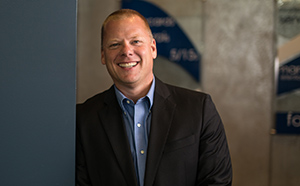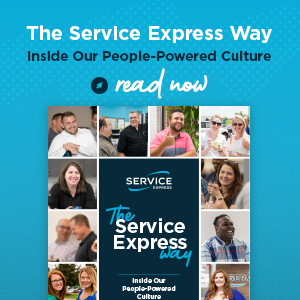The 1911 race to the South Pole between Roald Amundsen and Robert Falcon Scott is a revealing illustration in leadership, team dynamics and how to surmount great challenges.
Amundsen was a master planner who spent a great deal of time preparing for his South Pole expedition. His plans ensured that his team would never approach the outer-limits of exhaustion and that there would be ample food for the journey. He did this by taking time to place supply depots along the route at just the right intervals. He also made the decision early to use dogs to pull his sleds because they were well-suited for the conditions of the South Pole.
Scott, on the other hand, “took delight in exhaustion and suffering” and would push his men as fast and as far as he could to the point of exhaustion each day. He decided to use horses and motorized vehicles to pull his sleds because they were faster than dogs. This proved to be a fatal decision on the journey- when both machine and animal broke down- his men would be forced to pull their sleds full of supplies.
As he neared the South Pole, still believing that he would be the first to reach it, Scott and his team made a final all-out sprint. But when they arrived, they discovered a note from Amundsen who had left 34 days earlier.
Amundsen traveled over 900 miles to the South Pole and then back, in some of the most hostile and unforgiving terrain on the planet; and he did so without losing a single man. Scott also made it to the South pole, but neither he nor his team made it back alive.
Scott and his entire team died from hunger and exposure on their return journey.
Amundsen knew that his odds of survival were no greater than Scotts. But he believed that he could tilt the odds in his favor by carefully planning for steady and sustainable progress.
Over a century later, there’s still a lot that can be learned from Amundsen’s approach.
I’ve seen organizations sprint toward big revenue goals and succeed. But often it was too fast and too far; before they had an infrastructure in place to support that growth. When that happens, it adversely affects employee engagement, customer service and margins. And, often, it isn’t sustainable.
At Service Express, we place a high priority on incremental and sustainable growth. To that end, we ensure that we aren’t putting a strain on our employees and that we can continue to provide the exceptional level of service that our customers have come to expect from us.
To guard against burnout, we bounce all of our decisions, including our revenue goals, off of our Four Core Objectives. We then plan the journey in advance by creating measurable goals with our Quarterly 5/15s. Finally, we measure our progress with Scorecards and ROIs.
It’s worked for us. While SEI has experienced double digit annual revenue growth for the past 12 years, we’ve also intentionally avoided moving too fast and too far prematurely. That’s evident in our 98% customers retention rate and great employee engagement survey results.
The race to the South Pole is a great lesson in leadership. As leaders, we must take time to plan our growth in a way that ensures that it’s sustainable.
If you’d like to learn more about The SEI Way of doing business, check out our free eBook!

